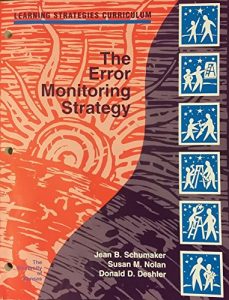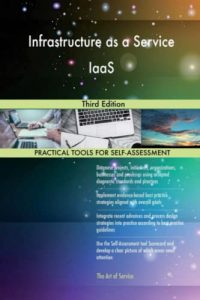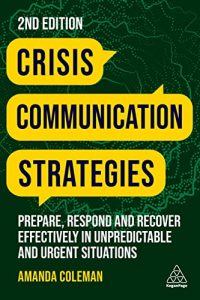The power of collaboration is undeniable, especially when a group of students comes together to share their ideas. In such an environment, creativity thrives, and solutions to challenges emerge in ways that one mind alone might not achieve. The exchange of thoughts, perspectives, and experiences fosters not only innovation but also personal and collective growth.
When students from diverse backgrounds collaborate, they bring unique viewpoints shaped by their individual experiences. This diversity enriches discussions, enabling the group to see problems from multiple angles. It’s in these moments of dialogue that new ideas are born, built upon the foundation of mutual respect and curiosity.
Sharing ideas also builds essential skills like communication and teamwork. Students learn to articulate their thoughts clearly, listen actively to others, and negotiate differences to reach a consensus. These skills are not only valuable in academic settings but also in professional and personal life.
Furthermore, such collaboration nurtures a sense of community and belonging. Students feel valued when their ideas are heard and considered, which boosts their confidence and encourages them to contribute more. This atmosphere of inclusivity creates a positive cycle where everyone is motivated to give their best.
The act of sharing ideas also challenges assumptions. When students present their thoughts to others, they must critically analyze and refine them. Constructive feedback from peers strengthens the quality of their ideas and fosters intellectual humility—the understanding that learning is a continuous process.
Sharing ideas represents the essence of learning and growth. It’s a dynamic process that pushes boundaries, cultivates skills, and builds lasting connections. Whether in classrooms, study groups, or informal settings, these interactions have the potential to shape the future—one idea at a time.




































